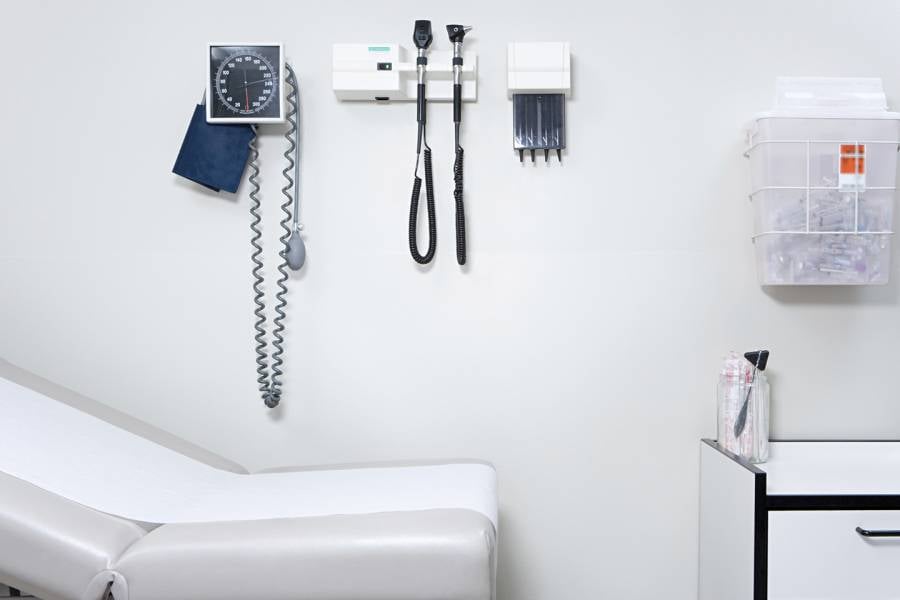Patients who don’t show up for their scheduled medical appointments drain health care providers’ time and resources, reducing appointment availability, increasing wait times, and reducing patient satisfaction.
In an effort to solve this problem, a team of researchers from the Johns Hopkins University’s Malone Center for Engineering in Healthcare has developed a new algorithm that can reduce no-show rates and increase appointment availability.
“The new approach developed with our partners at Johns Hopkins Community Physicians has allowed the clinic to add over 70 pediatric appointments to their schedule per week, improving outpatient access for more children while also reducing the no-show rate 16 percent for patients who are highly likely to miss scheduled appointments,” said Scott Levin, associate professor of emergency medicine at Johns Hopkins University School of Medicine.
As part of their study, Levin and his team closely examined operations at two JHCP clinics, where they discovered that, on average, 20 percent of patients failed to show up for their scheduled appointments.
The team worked with collaborators at JHCP to tackle this issue in two parts. First, they explored how providers could predict which patients are most likely to fail to show up for their appointments without contacting the provider to cancel or reschedule. Second, they examined how providers can fill these “high-risk” appointment slots to more efficiently use their resources.
To tackle the first challenge, the team developed a machine-learning algorithm that predicts the likelihood that an individual patient will show up for an appointment. The model takes various predictors into account—demographics, economic status, medical history, etc.—and calculates a probability “no-show score” for each patient. Based on these scores, providers can look at their weekly schedule, identify which patients are at high risk for not showing up for their appointments, and decide on further intervention.
The model, in use by two JHCP clinics since September 2017, has already provided helpful insights into which factors play the biggest role in no-show appointments. For example, it indicates that patients who visit emergency departments more frequently are more likely to fail to attend scheduled appointments. In contrast, patients who use the online patient portal MyChart to schedule their own appointments are more likely to keep appointments.
To deal with the second challenge, the researchers determined that individual departments are best equipped to use information provided by the model to determine how to use their appointment slots. For example, some have increased their outreach strategies, such as having staff make additional live reminder/confirmation calls to patients identified by the algorithm as “high risk” for not showing up. Other departments give these high-risk appointment slots to patients who urgently need to be seen.
“These additional reminder calls the day before the appointment for patients likely to no-show allow for patients to reschedule as needed and remind them one more time about their appointment. This has helped these patients get the care they need, while improving outpatient access for others,” said Jenny Bailey, vice president of quality and transformation at JHCP.
The researchers say that the next step is to integrate the model into Johns Hopkins Medicine’s electronic patient care records system before expanding it across Johns Hopkins Health System, and, eventually, to hospitals across the nation. So far, the model has been piloted at several Johns Hopkins clinics, including JHCP, the Gastroenterology Clinic, and the Hematology Clinic, with the Diabetes Clinic and the Harriet Lane Clinic joining soon.
“Other institutions are working on similar models. But what makes our model unique is that we are tailoring this model to each department,” said Aria Smith, a programmer analyst in the John Hopkins Malone Center for Engineering in Healthcare. “Each department has unique needs and a unique patient population, and we can customize the model to best fit those needs.”
